Lichen planopilaris epidemiology: a retrospective study of 80 cases
October 2015
in “Anais Brasileiros de Dermatologia”
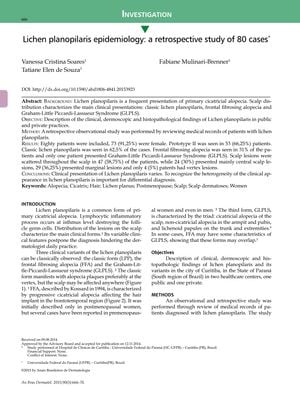
TLDR Lichen planopilaris mostly affects women with fair skin and can look different on each person, needing early treatment to prevent hair loss.
In a retrospective study of 80 cases of Lichen planopilaris (LPP), researchers found that the condition predominantly affected females (91.25%) with phototype II skin (66.25%). Classic LPP was the most common presentation (62.5%), followed by frontal fibrosing alopecia (FFA) at 31%, and a single case of Graham-Little Piccardi-Lassueur Syndrome (GLPLS). The study revealed a variety of lesion locations and emphasized the heterogeneity of LPP's clinical appearance, which is crucial for accurate diagnosis. Dermoscopic findings commonly included perifollicular hyperkeratosis and reduced follicle numbers. Various treatments were used, such as antimalarials, topical minoxidil, and corticosteroids. The study also noted that FFA might be underdiagnosed and highlighted the importance of early recognition and intervention to prevent progression of this cicatricial alopecia. However, the study acknowledged the limitation of potential inaccuracies due to reliance on medical records. Dermatoscopy and scalp biopsy were recommended as useful tools for evaluating LPP.
View this study on scielo.br →
Cited in this study
research Frontal fibrosing alopecia: a clinical review of 36 patients
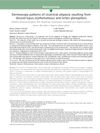
research Padrão dermatoscópico das alopecias cicatriciais causadas por lúpus eritematoso discoide e líquen plano pilar
Dermoscopy helps diagnose and monitor treatment for hair loss from scarring conditions like discoid lupus and lichen planopilaris.
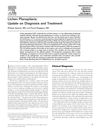
research Lichen Planopilaris: Update on Diagnosis and Treatment
New insights show Lichen Planopilaris is a rare, scarring hair loss condition, hard to treat, mainly affecting middle-aged women, and significantly impacts mental health.
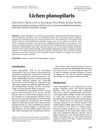
research Lichen planopilaris
Lichen planopilaris is a chronic, scarring hair loss condition with no definitive cure, requiring accurate diagnosis and treatment to manage symptoms.
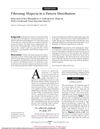
research Fibrosing Alopecia in a Pattern Distribution
Some people with pattern hair loss may also have scalp inflammation and scarring similar to lichen planopilaris.
Related
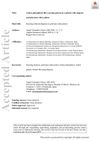
research Lichen‐planopilaris‐like scarring pattern in a patient with alopecia and pityriasis rubra pilaris
A patient with a skin condition had unusual scarring hair loss but improved with treatment.

research Incidental Syringomas of the Scalp in a Patient with Scarring Alopecia
A woman with unexplained hair loss was found to have harmless skin tumors and a scarring hair loss condition, but the tumors didn't cause the hair loss.